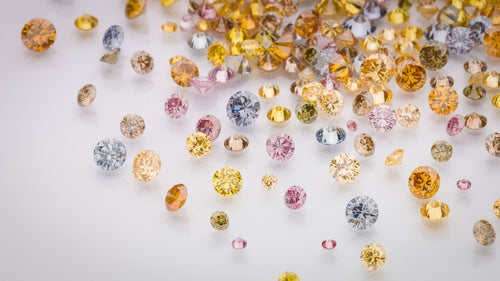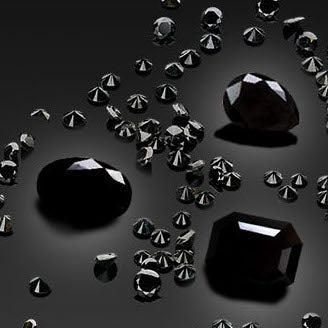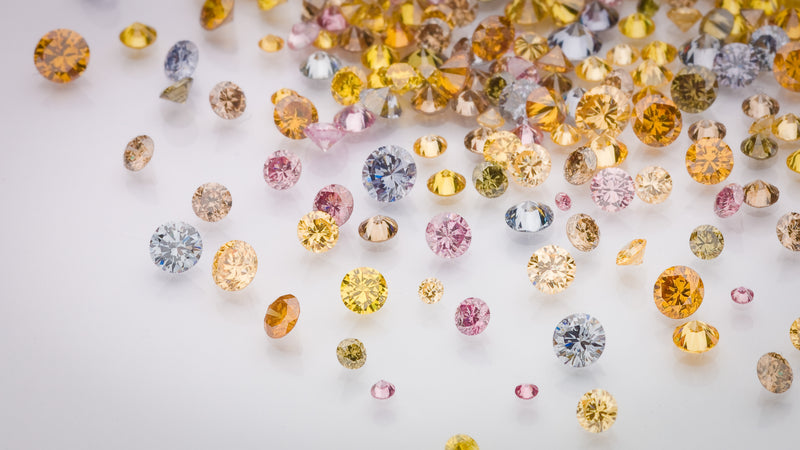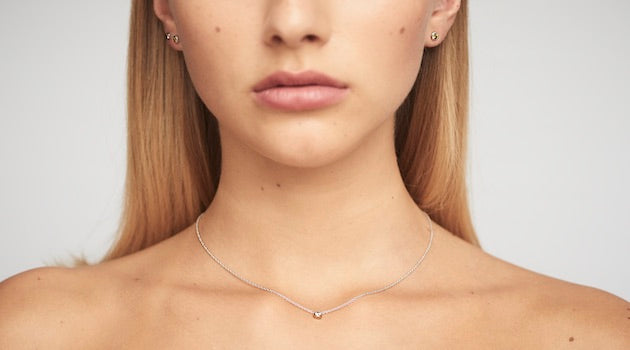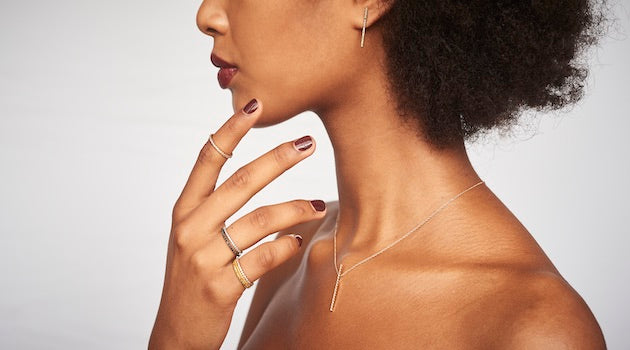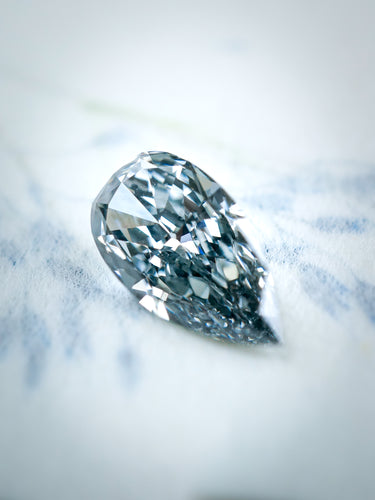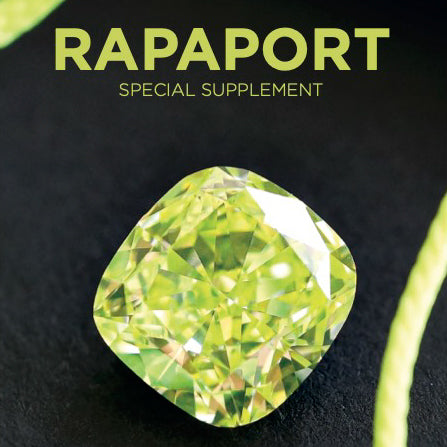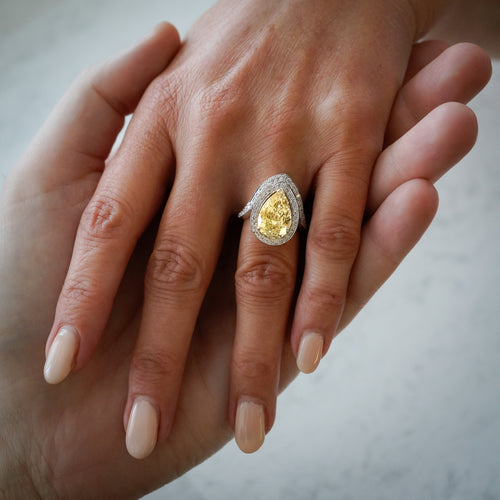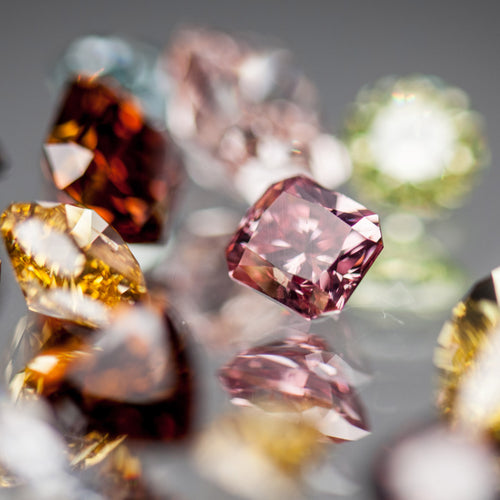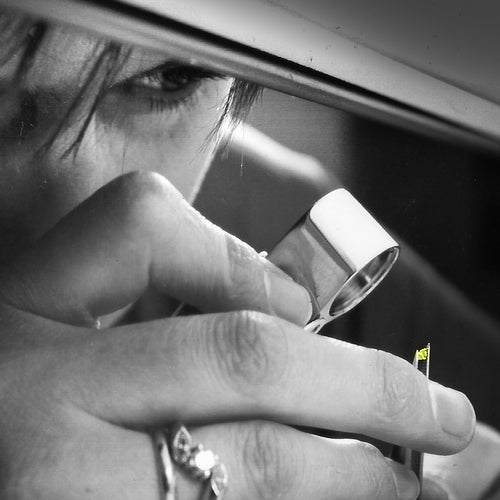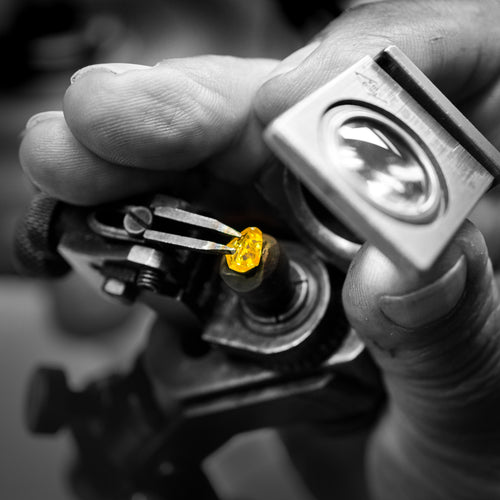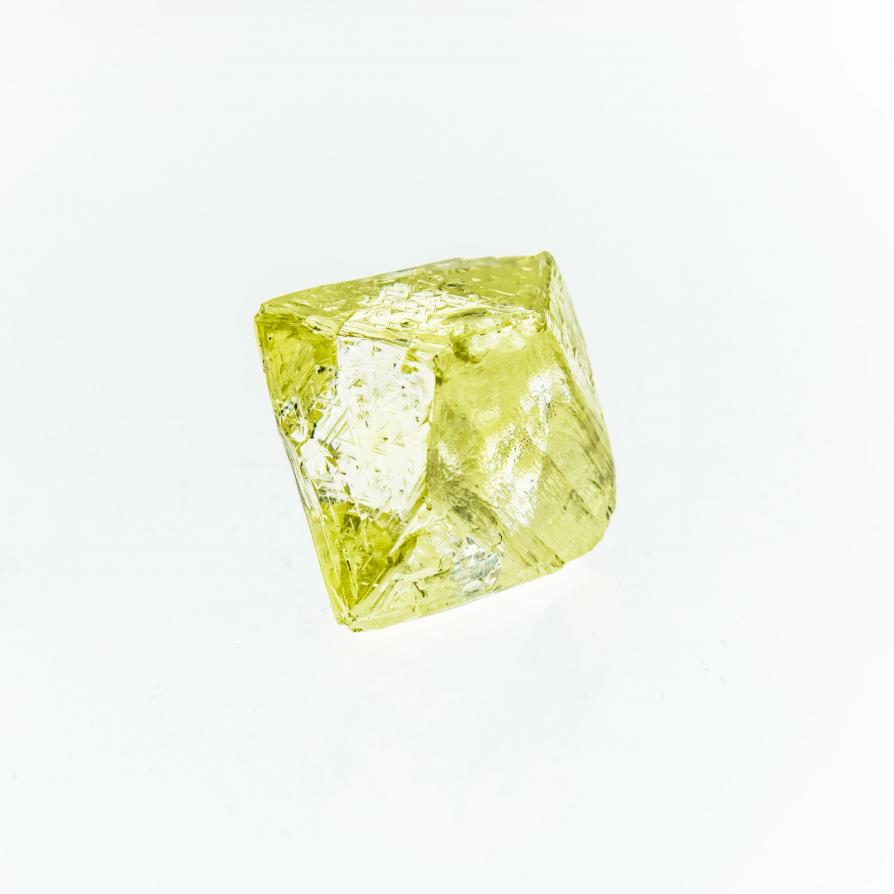

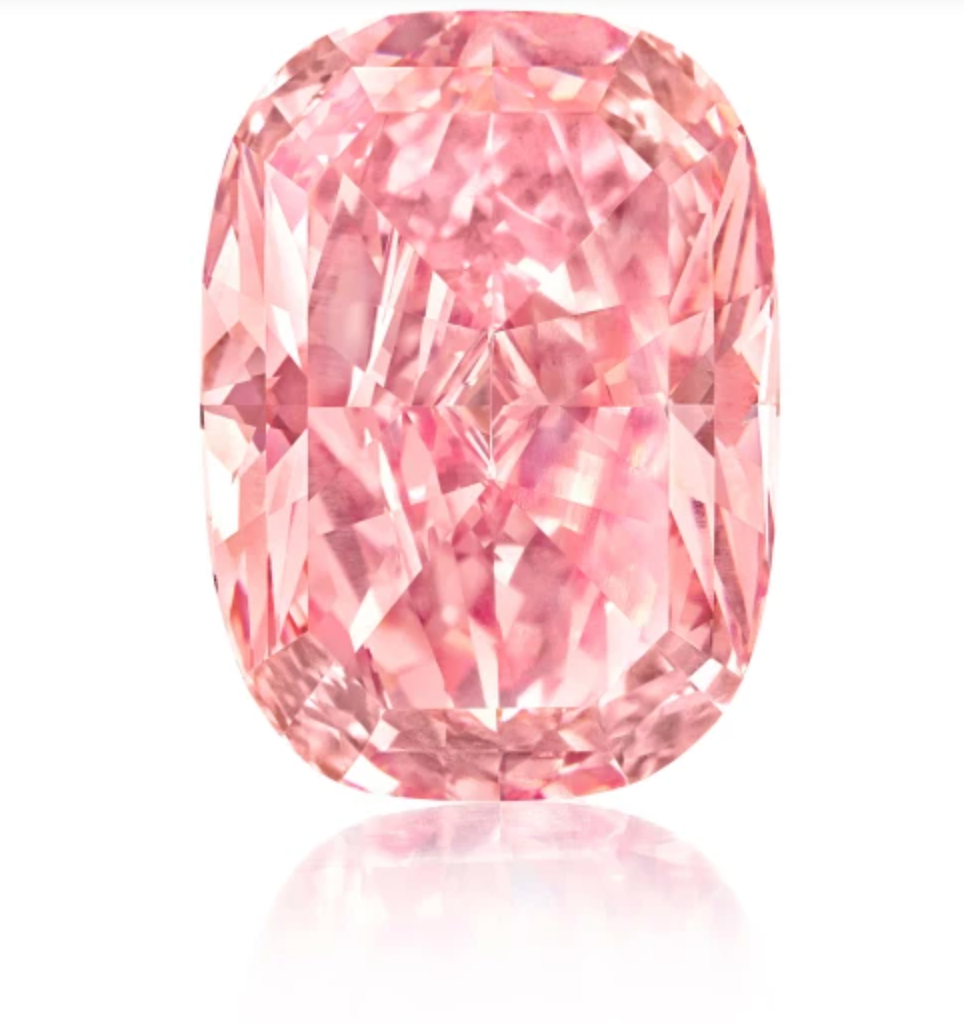
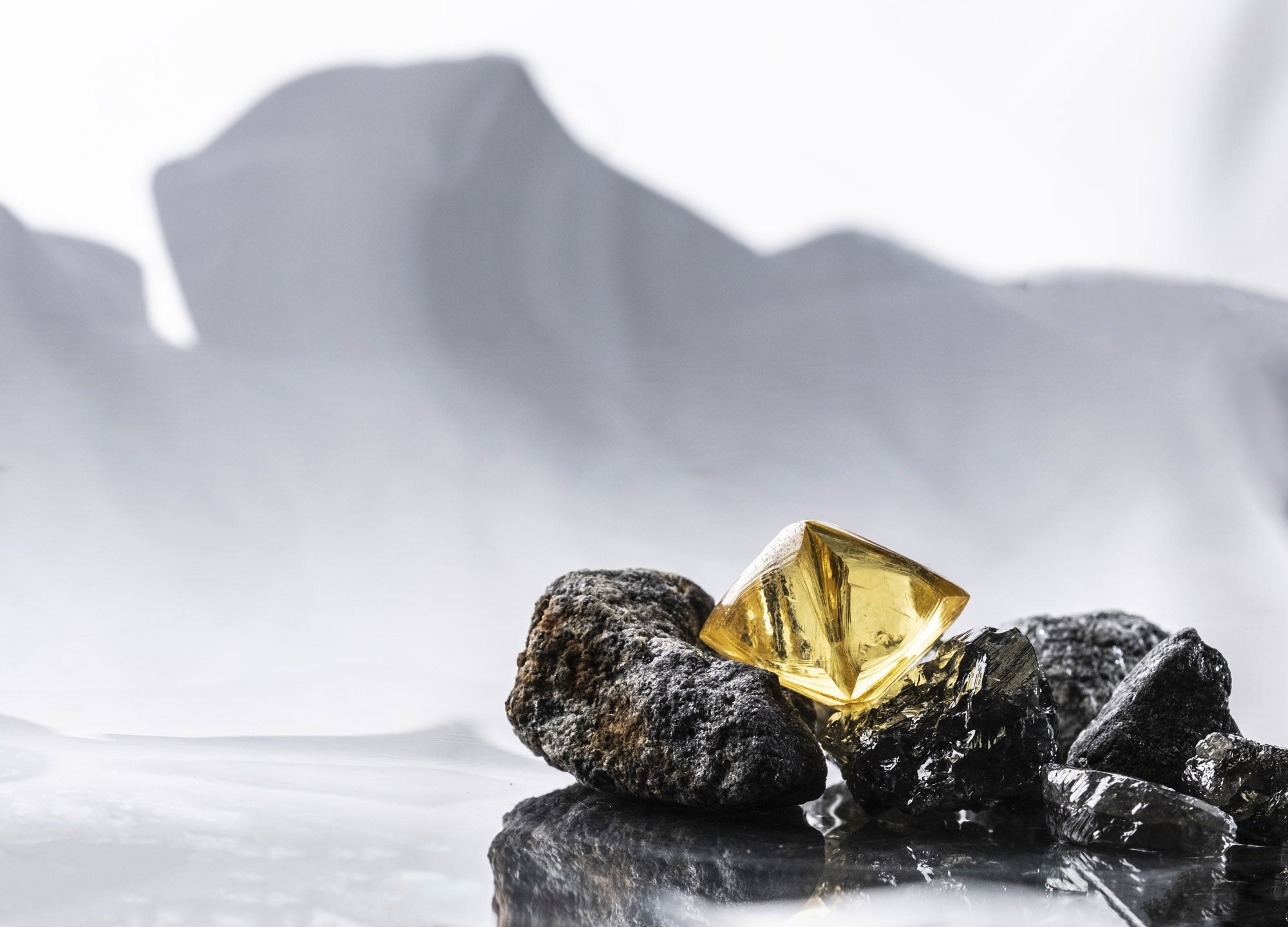
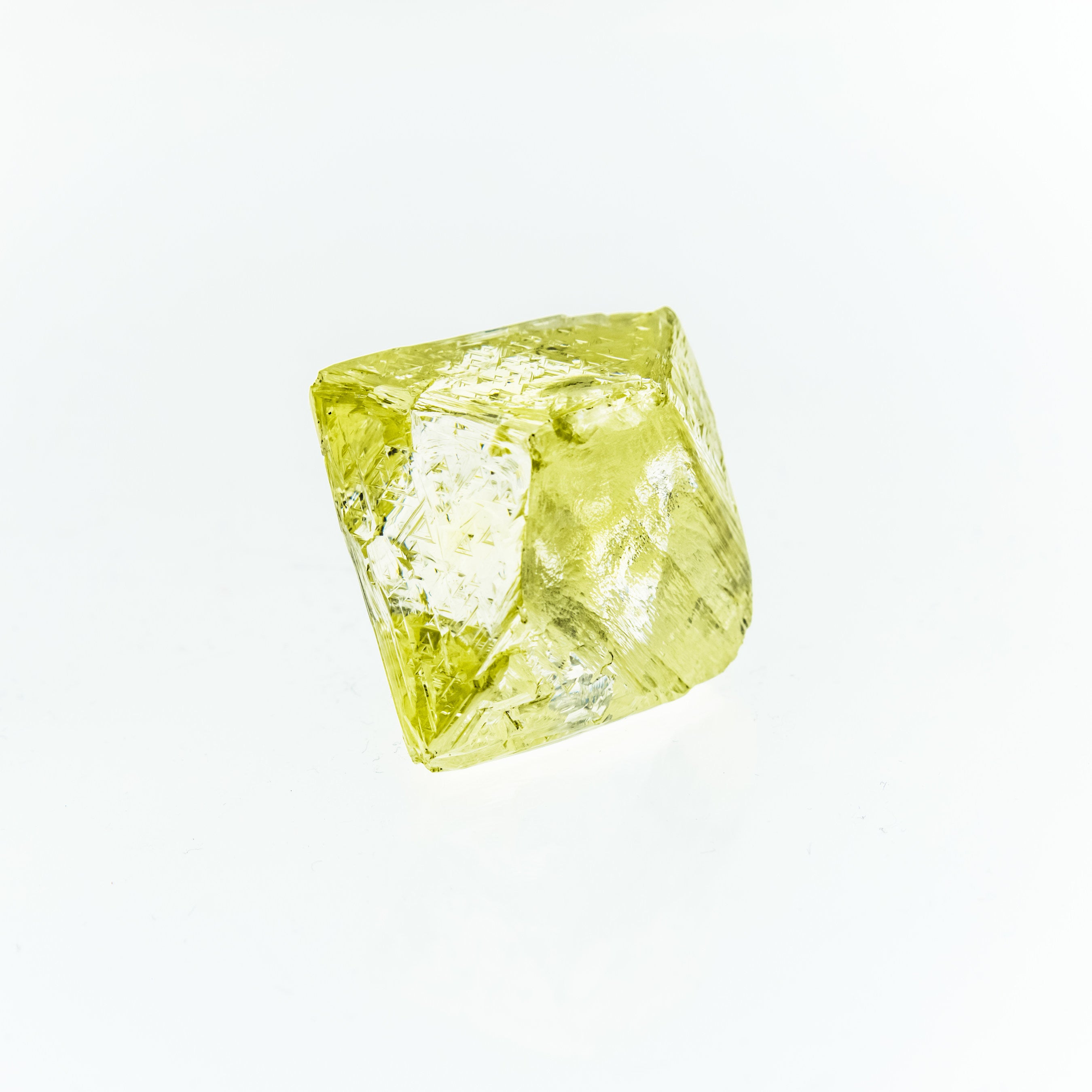
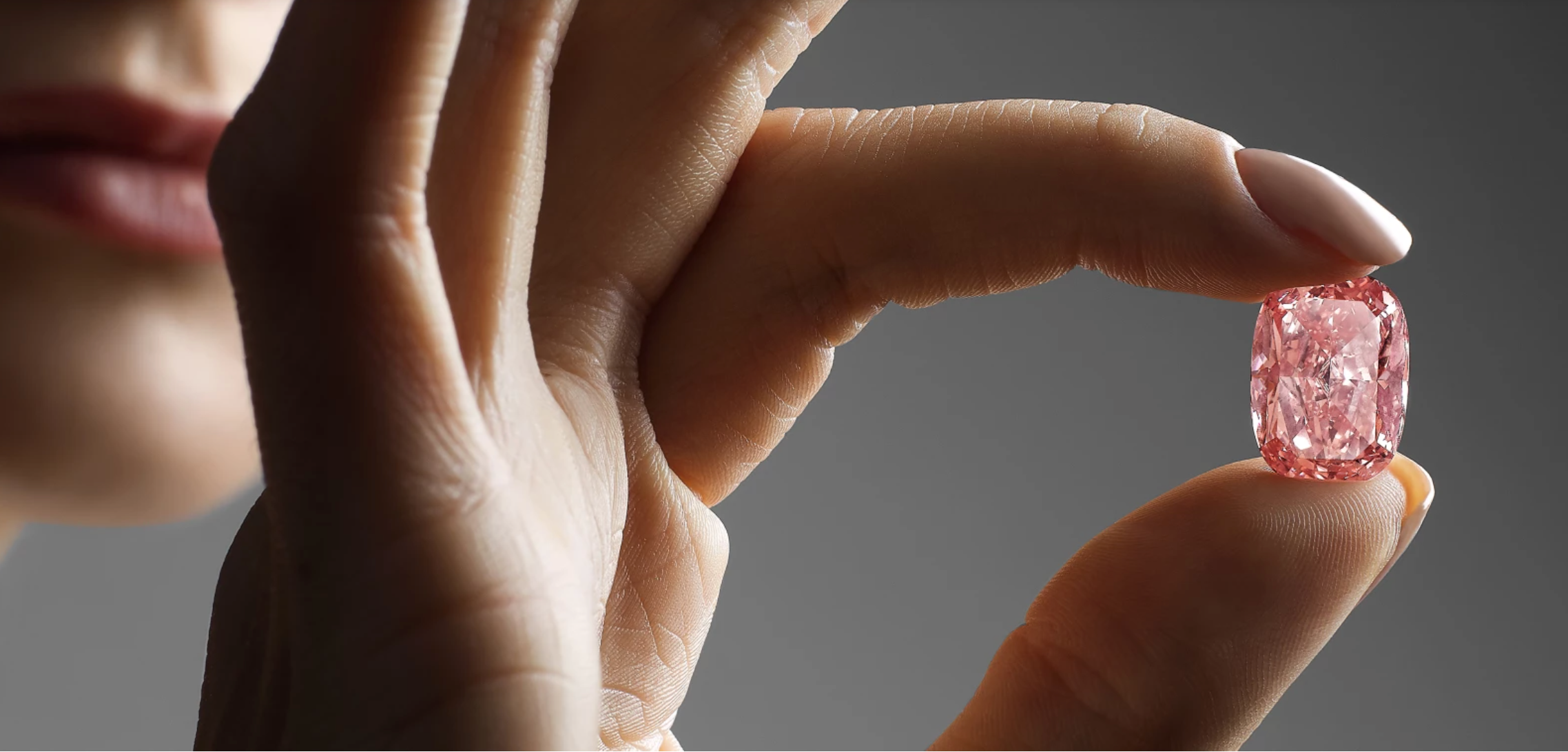
Uncertainties Over Deep-Sea Diamond Mining
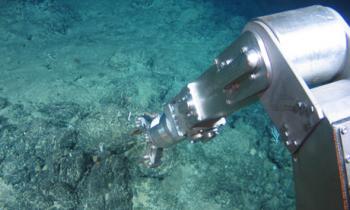
In many countries deep sea mining has been perceived as a major commercial opportunity. In the UK, David Cameron, Prime Minister, recently noted that it could be worth £40bn to the UK over a 30-year period.
So far, The International Seabed Authority, a UN agency for monitoring oceans and seas, has issued 26 exploration licences to governments and companies enabling them to operate deep sea mining in international waters. De Beers already mines diamonds off the coast of Namibia at depths of up to 140 metres. New Zealand, Namibia and Papua New Guinea have all been awarded national licences for seabed mining exploration.
Still, economics behind and the environmental impact of deep sea mining is under question. This will undoubtedly reflect on the future projects and impact of this activity on rough diamond markets. The world’s largest mining groups are conscious of this and are downplaying prospective projects. Some authorities, such as Namibia and the Australian state of Northern Territory, have issued moratoriums on this type of mining.
As quoted in Financial Times, Richard Page, contributor to a Greenpeace report on sea floor mining, says: “It is difficult to contain mining waste on land. Imagine the problems of stopping the spread of pollution in an ocean environment. The local communities have every right to be, and indeed should be, concerned.”
So, all is uncertain in deep see diamond mining.
